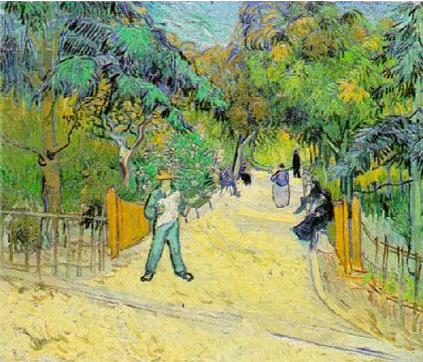Today the secret is out. Japan can eat its heart out. Later this year, one of the great twentieth-century art collections will arrive at the National Gallery in London, on an extended loan which may turn out to be per-manent. It is worth about pounds 250m. Here, for the first time, Andrew Graham-Dixon describes what will be on show, how the deal was made, and why the collection will dramatically enhance the status of Britain as a treasure-house of public art
NEIL MACGREGOR, director of the National Gallery, is trying hard to contain his excitement, but the at-tempt is not entirely successful. He looks down at the list on the desk in his office, and can't suppress a giggle of joy. It is hard to blame him. The list contains the details of one the world's great private art collections - and it is coming to the National Gallery for at least five years, probably longer and perhaps (who knows?) forever.
The paintings, drawings and sculptures will not arrive at Trafalgar Square until the coming winter, but Christmas - in the form of that list in front of him - has come early for MacGregor. His jollity signals its almost absurd richness: a couple of Braques and a major Miro for starters; eight brilliant Cezannes; a pair of Van Goghs; 14 Seurats and 40 (yes, 40) Picassos, spanning virtually the entire career of this century's greatest artist.
Estimates are difficult in these days of Japan's enthusiasm for post-impressionism (and Van Gogh in particular), but the collection is probably worth about pounds 250m. It belongs to Heinz Berggruen, a 75-year-old American citizen who lives in Switzerland and, unusually for a collection of this size and worth, it owes more to the collector's taste and foresight than his spending power.
Berggruen was...


